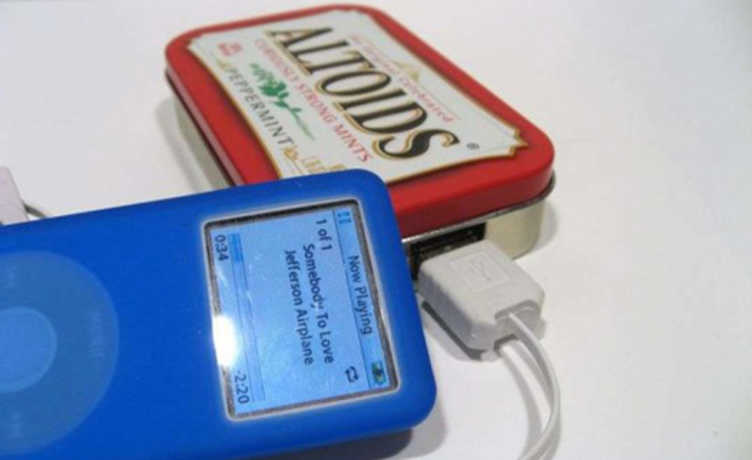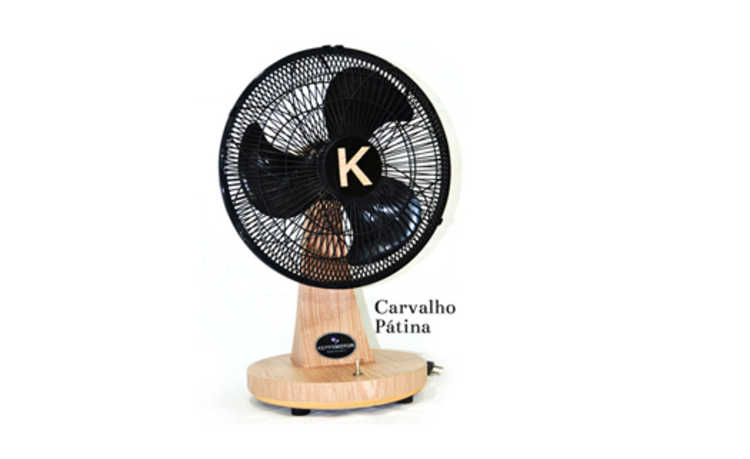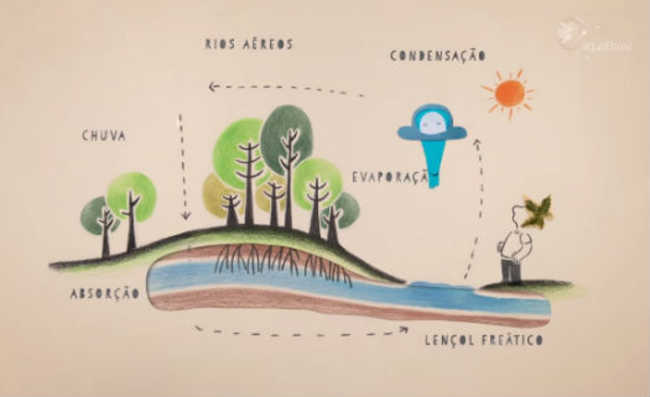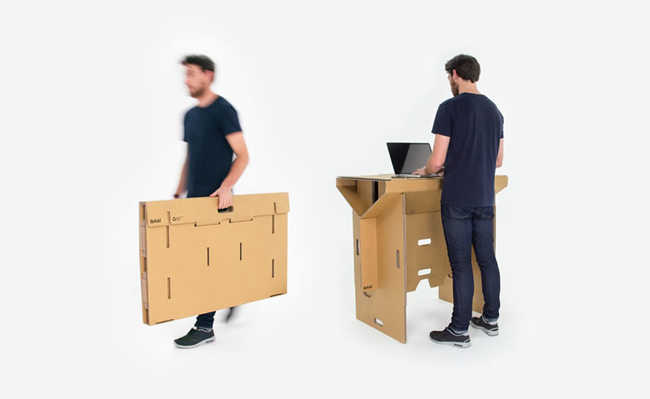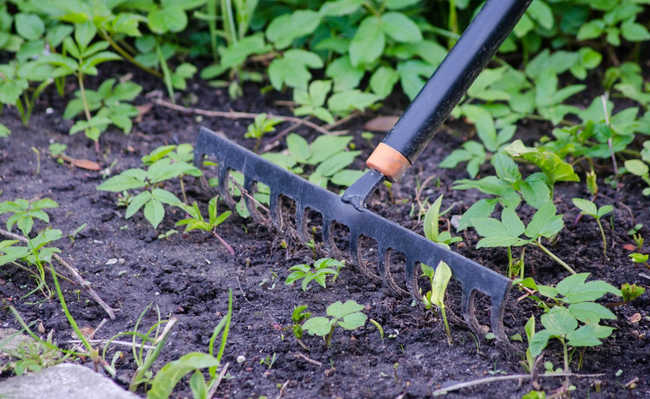How to make a residential cistern
See step-by-step how to build a homemade cistern to collect rainwater
The cisterns store rainwater for reuse in various functions, such as cleaning floors and outdoor areas, cars, gardens and toilet flushing. But have you ever thought that it is possible to build and install your own cistern? This is an excellent option for those who like to make their own objects - and besides, you still practice the conscientious consumption of water.
- Rainwater harvesting: learn about the advantages and necessary precautions for using the cistern
Precautions to be taken before installation
The first step to use the water that runs down the gutter and store it in your residential cistern is to clean the roof, especially on the way to the reservoir, to avoid contamination of the water that will be used by your family. Remove leaves and coarser dirt by hand. You can also wash the gutters with soap, water and bleach to ensure a deeper cleaning. Although this step is not mandatory, it guarantees the best quality of water that will be used for cleaning your house, plant irrigation, etc.
Then it is necessary to choose the container that will be used with the cistern function. In most situations, drums are used (plastic barrels common in food transport) - the storage capacity is 200 to 250 liters. The choice usually varies depending on the size of the house. It is also possible to use a larger water tank or interconnect more than one container to increase storage capacity. When choosing your cistern, be careful not to use any container that has already transported any chemical product.
The place chosen to place the cistern must also be analyzed. In addition to placing it near the waterfall, it is also important to place the reservoir in a place where it does not get too much sun, so as not to facilitate the proliferation of fungi and algae. If it is not possible to place the cistern in the shade, it is important that care with water maintenance is more constant. Another aspect to be taken into consideration when installing the cistern on top is the weight that your roof or slab can withstand - don't forget that a full 1,000 liter box is equivalent to a ton.
Once all this is done, it's time to get down to business and turn your drum into a cistern. This is the list of materials and tools you will need:
List of materials to build a cistern
PVC pipes and fittings:
- 3 75mm rubber rings
- 1 cap of 75 mm
- 4 knees 90° of 75 mm
- 1 50mm plug
- 2 75mm T-joints
- 2 tubes of 75 mm x 3 m
- 1 flange ¾
Several:
- 1 plastic adhesive for PVC 17 gr (glue)
- 1 epoxy mass 100 gr
- 1 alcohol for cleaning (or cleaning solution)
- 1 kitchen detergent
- 1 240 liter drum with large lid (or similar)
- 1 tow or rags for cleaning
- 1 thread sealing tape 18mm x 10m
- 1 80 sandpaper (for iron)
- 1 120 sandpaper (for iron)
- 6 concrete blocks
- 1 mosquito net
- 1 3/4" tank tap (ball)
list of tools
- 1 pliers
- 1 saw bow
- 1 mini-arch saw
- 3 high speed steel drills: 2.5 mm, 4 mm and 6 mm
- 1 stiletto
- 1 gas stove or air blower for PVC
- 1 drill
- 1 wooden jig
- 1 pencil
- 1 round rasp
- 1 rasp half cane
- 1 measuring tape 3 m
- 1 hammer
- 1 pen
- 1 griffin
- 1 common scissors
How to make a cistern
Step 1: Prepare the tubing
Mark and saw the PVC pipes. Use a PVC template to help mark the cuts. To make the template, just saw off the piece of a 90° knee and sand the sawed end with an 80-gram iron sandpaper.
Then, using the template, just mark the PVC pipes and saw them according to these measurements:
- 2 19 cm tubes - for making the filter
- 20 cm - entry in the drum
- 40 cm* - thief's tube
- 70 cm* - turbulence reducer
- 120 cm* - outlet tube
- 100 cm* - discard tube
*Note: these measurements are for a canister of up to 240 liters.
Step 2: Drilling the reservoir
After sawing the PVC pipes, you will drill the drum to fit them.
With a pen, use the same PVC template to make a side mark 3 cm below the cap. Prepare the drill with a 6 mm drill and drill several parallel holes completing the circumference; still with the drill, finish connecting the holes.
With a thick half round file you will finish the task ensuring that the hole is the size of the marking.
Step 3: Turbulence Reducer
The turbulence reducer causes water to enter under the reservoir. To assemble it, you will need a 70 cm tube and two 90° knees.
- Connect a “T” joint with the 70 cm tube, using a gasket.
- Using PVC glue, connect two 90° knees, which will form a “U”. One of the knees will be the one from which we cut the PVC template to mark the pipes and drum.
- Fit the “U” to the tube using a sealing ring.
The shape will make the “mouth” face up, preventing the flow of water from stirring up the dirt accumulated at the bottom, ensuring that the water that comes out of the faucet is clean.
Step 4: Discard of the first rainwater
The discharger has the function of removing the first rainwater from its cistern, being a kind of diversion, which, when filled, allows the rest of the clean water to go to the cistern's reservoir.
How to make :
- Cut a piece of pipe 1 meter long and glue a glove to one end.
- Fit the sleeve side to a T-joint (PVC fitting).
- Place the rubber ring, apply detergent and connect the tip of the disposer to the other end of the tube.
- Now simply connect the top end of the T-joint to the leaf filter. The side exit of the T-junction will receive the 20 cm tube that goes to the reservoir.
Step 5: Leaf Filter
The leaf filter has the role of retaining the coarsest dirt from the roof, such as branches, leaves, insects, etc. You will need a 19 cm tube and a wooden jig, see in detail how to make your filter here.
Step 6: Preparation of system exit (thief)
Now you will build the “thief” (output of the system), which gives out the excess water in the reservoir.
- Use a 40 cm long tube. On its side, make a hole 5 cm wide and 15 cm long. It is through this hole that the excess water from the system will exit.
- Inside the tube, make a small barrier with a small piece of PVC, to force the rainwater to go down the tube with the turbulence reducer and then enter through the thief.
Step 7: Inspector
In the same way that you pierced the water outlet of the cylinder, you will pierce another one for the inspection plug. the hole should be made about 4 cm high from the lid, at the same height as the inlet tubes. Use the 50mm plug to mark and pierce the same way you pierced the inlet tubes.
Step 8: Faucet
It is through the faucet that you will withdraw the water you have stored to use it in your daily life. To attach it to the reservoir, you will use a flange ¾.
- Use the threaded part of the flange to mark the cut location on the drum;
- With the drill, drill several parallel holes on the inside of the marking;
- Using a Half Cane File, finish rounding the hole;
- Test if the flange fits and remove excess plastic with sandpaper;
- Pass 10 turns of thread sealant tape on the faucet;
- Screw the faucet onto the flange and you're done!
Step 9: System exit
In the excess water outlet pipe of your residential cistern, you should place a mosquito net to prevent disease-carrying mosquitoes from entering.
- Cut a piece of mosquito net that tightly covers the mouth of the tube;
- Place the screen in the mouth of the tube and fit a 90° knee;
- Using a knife, cut the burr from the mosquito net.
The last step is to put all the pieces together. Place the cylinder in the place where it will definitely stay, fit the thief into the reservoir outlet and connect it to the “T” junction of the turbulence reducer. At the other end of the “T”, connect a simple tube, which must go through the cistern inlet hole.
Then, make the vertical connection, starting from the gutter outlet, with pipes for the water descent and its passage through the filter and the discharger, which must be connected, in that order. Calculate the length that this assembly should have, considering that the side exit of the “T” joint must reach the inlet tube of the reservoir.
Ready, cistern mounted!
If you found all of this too much work, don't have time or manual skills, but like the idea of having a cistern at home, you can purchase some of the models that illustrate this article or check the complete list at the store. eCycle portal . A good option is to purchase a mini-cistern. Currently there are models in different sizes and formats. Learn more about the options available in the article: "Minicisterna: reuse of water within your reach".

